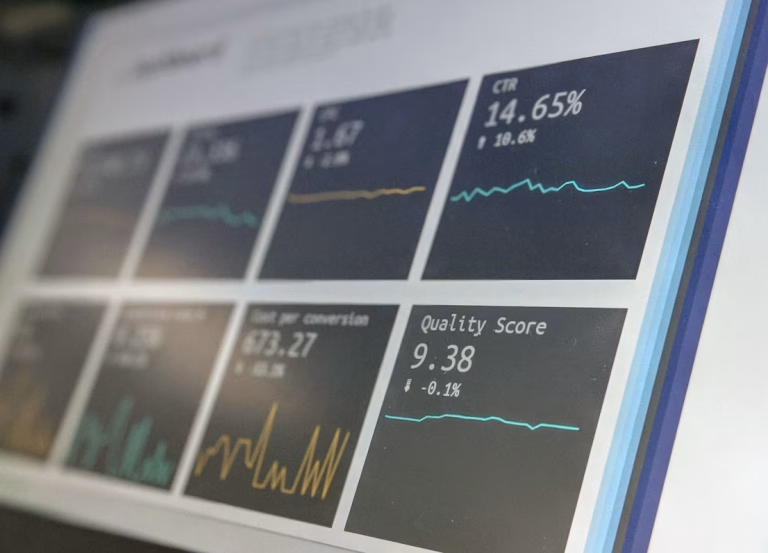
Finding the best CDP solution for your organization is a very tedious process. There is a lot of effort, brainstorming sessions, and meetings that go into deciding the right CDP strategy and the right CDP vendor.
The demand for customer data platforms has been growing in recent years as marketers have started realizing the value that customer data platforms can offer. Also, the vendors which were working to provide solutions on different fronts with customer data, have now started to build the capabilities required to offer their products and solutions as CDP.
So, Now let’s talk about the key questions and points that should be answered while working towards deciding the best CDP. The list of questions can be very long and extensive pertaining to the different needs and use cases. This article will highlight the major points to be kept in mind while deciding on the right CDP vendors.
1. What are the capabilities of the CDP solution to ingest the data points from siloed data sources?
CDP should be able to ingest the various types of data points across the different source systems. It should be capable of ingesting data from below-mentioned source types :
-
Offline sources,
-
Online sources,
-
CRMs,
-
Legacy database systems,
-
File systems,
-
Message Queues,
-
Email Marketing systems,
-
Customer support
-
Ads Platforms’ Data
2. Is the customer data platform solution capable of tracking known and unknown customers across devices?
-
These days, the customer researches the products and services on different channels, for example, websites, apps, offline stores, and across different devices as well like mobile, desktop, laptop, and tablets. So, to capture the behavior of customers across all these points of interactions, CDP should be able to track the cookie data.
3. How does CDP validate the data, clean the data, and transform the data that is ingested?
Data ingested into the CDP platforms is of a varied nature. It can be log data, CRM data, web activity data, CSV files, and other formats of data that can exist in the system. Sometimes the data is very noisy and needs cleansing and transformation as per business requirements. To cater to this, CDPs should have features to cater to the needs of the customers so that the unified profiles have the best quality of data.
4. What are the data retention policies on CDP?
When CDP solutions are implemented, the more the adoption of the platform happens, the more use cases are identified in the process. There are use cases that require significant volumes of data points, for example, Machine Learning models. To cater to these use cases, you will need a CDP that allows infinite data volumes on the platform and offers flexibility to upscale and downscale the storage capacity.
5. How good and easy is the Unification or ID Resolution process on the CDP?
The major role of the CDP is to unify the customer data from different sources and build a unified customer profile which gives a 360-degree view of the customer behavior, and interactions with the business. For this, the CDP should have a robust unification process in place. It should be easy to configure and light on engineering efforts. The unification or ID resolution process takes the identifiers from the different source systems and stitches all of these identifiers into one golden ID which represents the unique profile in the CDP system.
6. What kind of initial setup and implementation is required and what is the TAT for the first use case?
The CDP should be easy to configure and should not ask for too much engineering effort to bring up the implementation for the company. There should be plug-and-play connectors that should be available Out of the Box for the users to start pulling data into CDP. The platform should be flexible enough to offer any custom development if required for any source for which connectors are not readily available. Initial CDP implementation should not take more than 3-4 weeks and should be able to run your first few use cases based on the data availability. The CDP vendor should provide initial setup support by giving product training, and best practices sessions.
7. What international security certifications & and compliances are in place for CDP?
This is one of the most important questions to ask when deciding on the CDP vendor because you are going to trust these to put your crucial customer data with them. The CDPs should be secured and certified by international security institutions. The CDP vendor should be able to provide the various capability reports on penetration tests and should explain how they are maintaining and ensuring the security of their product and platform.
8. Does the customer data platform allow the full data export for your company in case the expected value & and ROI are delivered?
For the CDP vendor that you’re considering, you should have a clear understanding as what are the conditions on the data availability in case you decide to terminate the contract. You must get the full dump of your customer data to any of the secured and preferred locations. Also, they must mention the time period in which this data dump will be provided and what are the data deletion policies. The CDP vendor should not hold your customer data on their platforms once the contract is terminated.
9. Does the CDP platform offer built-in Business Intelligence tools and data-warehousing solutions out of the box?
The CDP’s most important use case is to build data-rich dashboards which can be used by the business teams to take decisions that are driven by the data. The platform should have the capability to offer out-of-the-box BI tools and data warehousing solutions. These will reduce your overhead of moving your customer data to your enterprise BI tools and will help in cutting the costs on licensing as well.
10. Is a customer data platform capable of automating the activation of segments to various channels ( social media, CRMs, Email Marketing systems, etc)?
When the intelligent segments are built on the CDP, the next step is to activate those segments on the appropriate channels. The platform should be able to run the activations in a scheduled manner so that no manual intervention is required from the marketing teams. The CDP should also allow you to activate the segments in an incremental way so that your audience list is growing with unique customer profiles. So, these are some of the factors on which you should evaluate a CDP vendor and should look for responses from them. The list is not limited to these factors and questions only. There are other points as well that you can think of and some of them are as below :
-
Audience Management
-
Segmentation
-
User Interface
-
Audit Trails
-
Consent Management
-
Machine Learning capabilities
-
Real-Time Personalisation
-
Data quality & and governance
-
Policy Based Permissions
I hope this article has helped you to get valuable insights on the strategy to decide on the steps to identify the best CDP vendors as per the business requirements and use cases.




